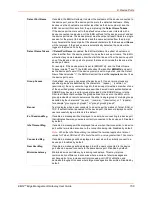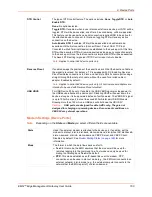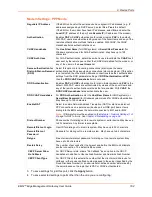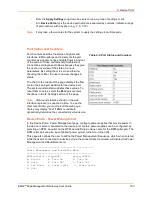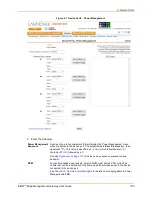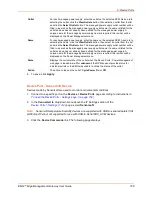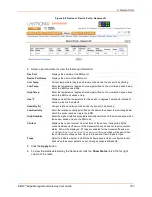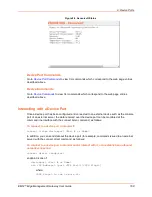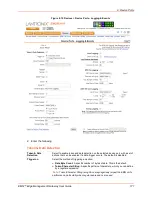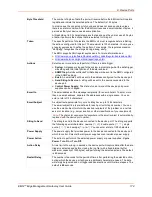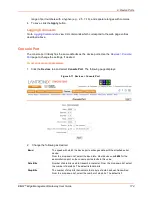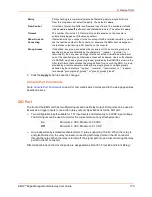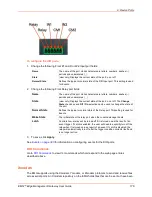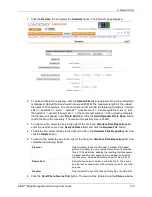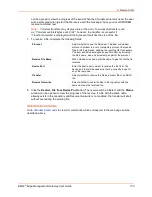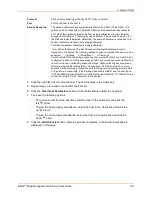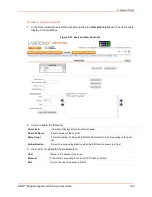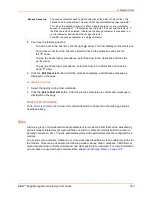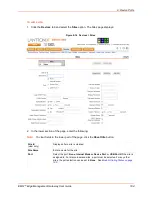
9: Device Ports
EMG™ Edge Management Gateway User Guide
170
02_Port-2_2.log
02_Port-2_3.log
02_Port-2_4.log
02_Port-2_5.log
USB and SD Card Logging
Data can be logged to a USB flash drive or the SD card slot on the front of the EMG unit and
properly mounted. Data logged locally to the EMG is limited to 256 Kbytes and may be lost in the
event of a power loss. Data logged to a USB flash drive or SD card does not have these
limitations. The system administrator can define the file size and number of files per port. For each
logging file, once the file size reaches the maximum, a new file opens for logging. Once the
number of files reaches the maximum, the oldest file is overwritten. The file naming convention is:
<Device Port Number>_<Device Port Name>_<File number>.log
Examples:
02_Port-2_1.log
02_Port-2_2.log
02_Port-2_3.log
02_Port-2_4.log
02_Port-2_5.log
Token/Data Detection
The system administrator can configure the device log to detect when a user-defined string or
number of characters is received from the device, and automatically perform one or more actions:
send a message to the system log, send an SNMP trap, send an email alert, send a string to the
device, or control one of the power supplies associated with the device.
Syslog Logging
Data can be logged to the system log. If this feature is enabled, the data will appear in the Device
Ports log, under the Info level. The log level for the Device Ports log must be set to Info for the data
to be saved to the system log. See
Device Ports - Logging and Events (on page 169)
.
To set logging parameters:
1. In the top section of the
page, click the
Settings
link in the Logging field.
The following page displays:

